A new super-fast high-pressure device allows scientists to simulate and study earthquakes and meteorite impacts more realistically in the lab.
Science and Technology
in the News
Science and Technology
in the News
News Center

Livermore scientists Félicie Albert, Eyal Feigenbaum and Bruce Warner have been named senior members of the Optical Society.

Researchers with the Co-Optimization of Fuels & Engines (Co-Optima) initiative have identified six blendstocks from two chemical families that exhibit the greatest potential to dramatically increase efficiency.
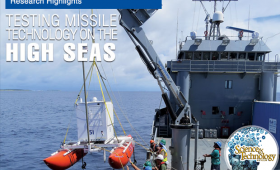
The LLNL Independent Diagnostic Scoring System (LIDSS) measures crucial impact parameters during intercontinental ballistic missile tests.
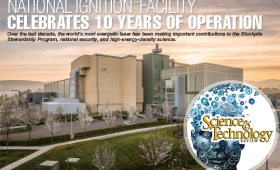
Over the last decade, the world's most energetic laser has been making important contributions to the Stockpile Stewardship Program, national security, and high-energy-density science.

Livermore scientists have developed a promising drug that permeates the blood-brain barrier.
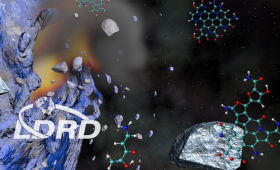
Comets impacts may have produced nitrogen-containing aromatic structures that are likely constituents of polymeric biomaterials.

“Project Dugout” was intended to explore the use of nuclear explosives for large-scale earth excavation projects, such as the creation of harbors and canals.
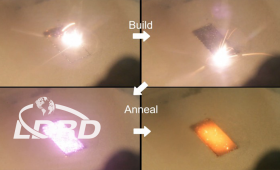
Researchers have developed a technique to reduce residual stress in metal 3D printed parts using laser diodes.
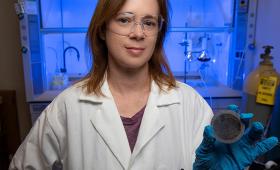
Nuclear chemist Dawn Shaughnessy joined a team of scientists from Lawrence Livermore and Russia that discovered five elements from 1989 to 2010.


